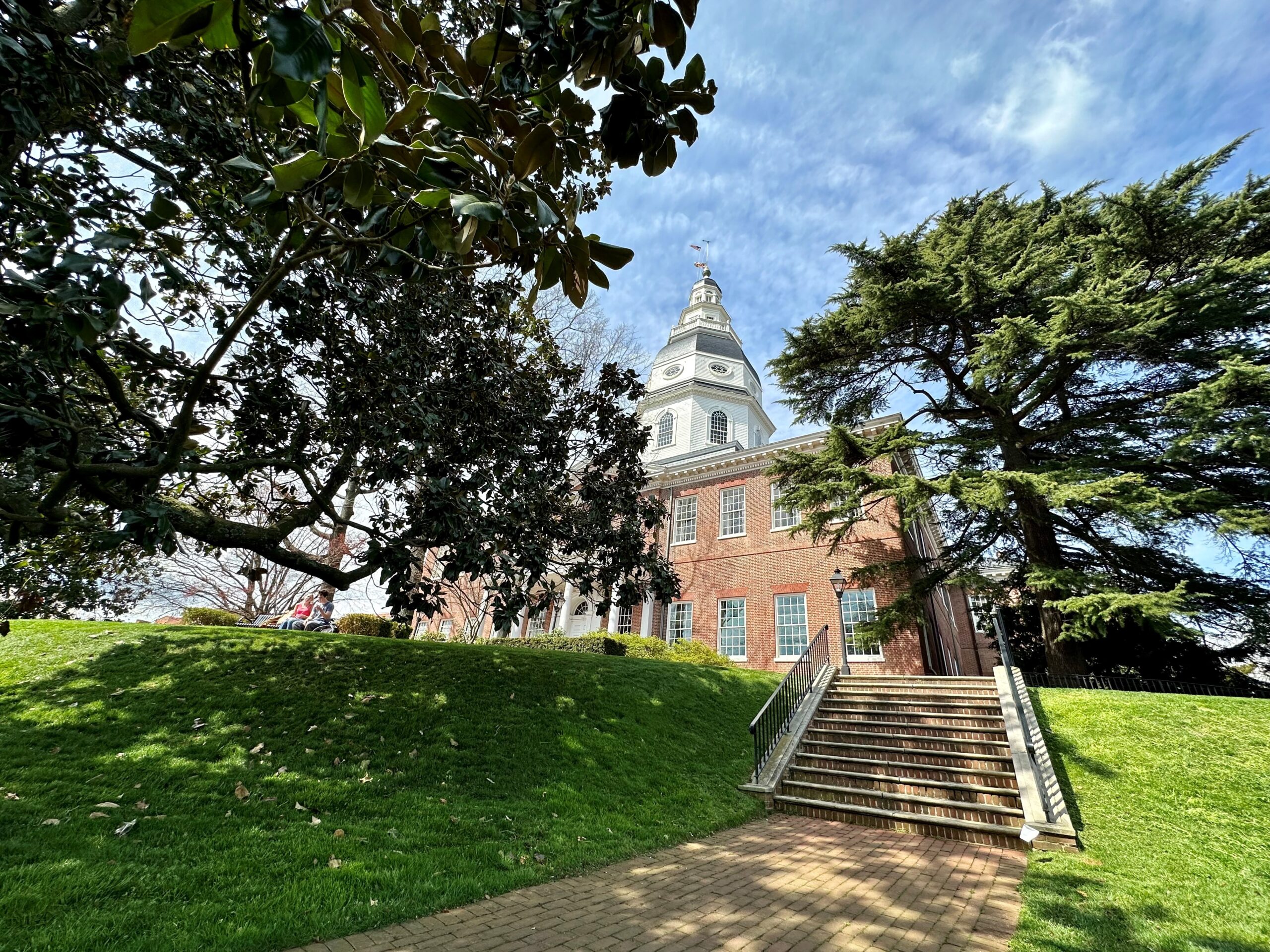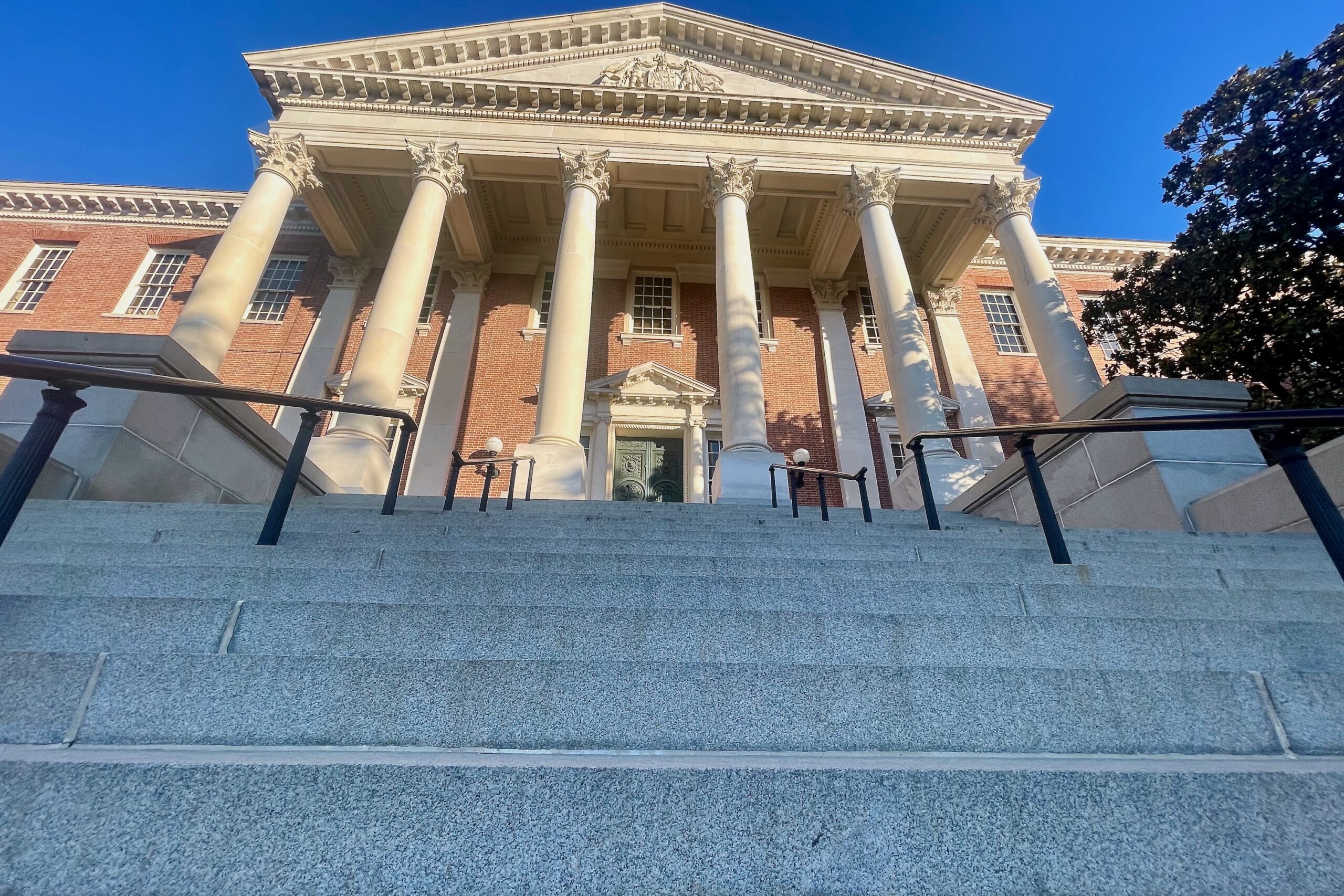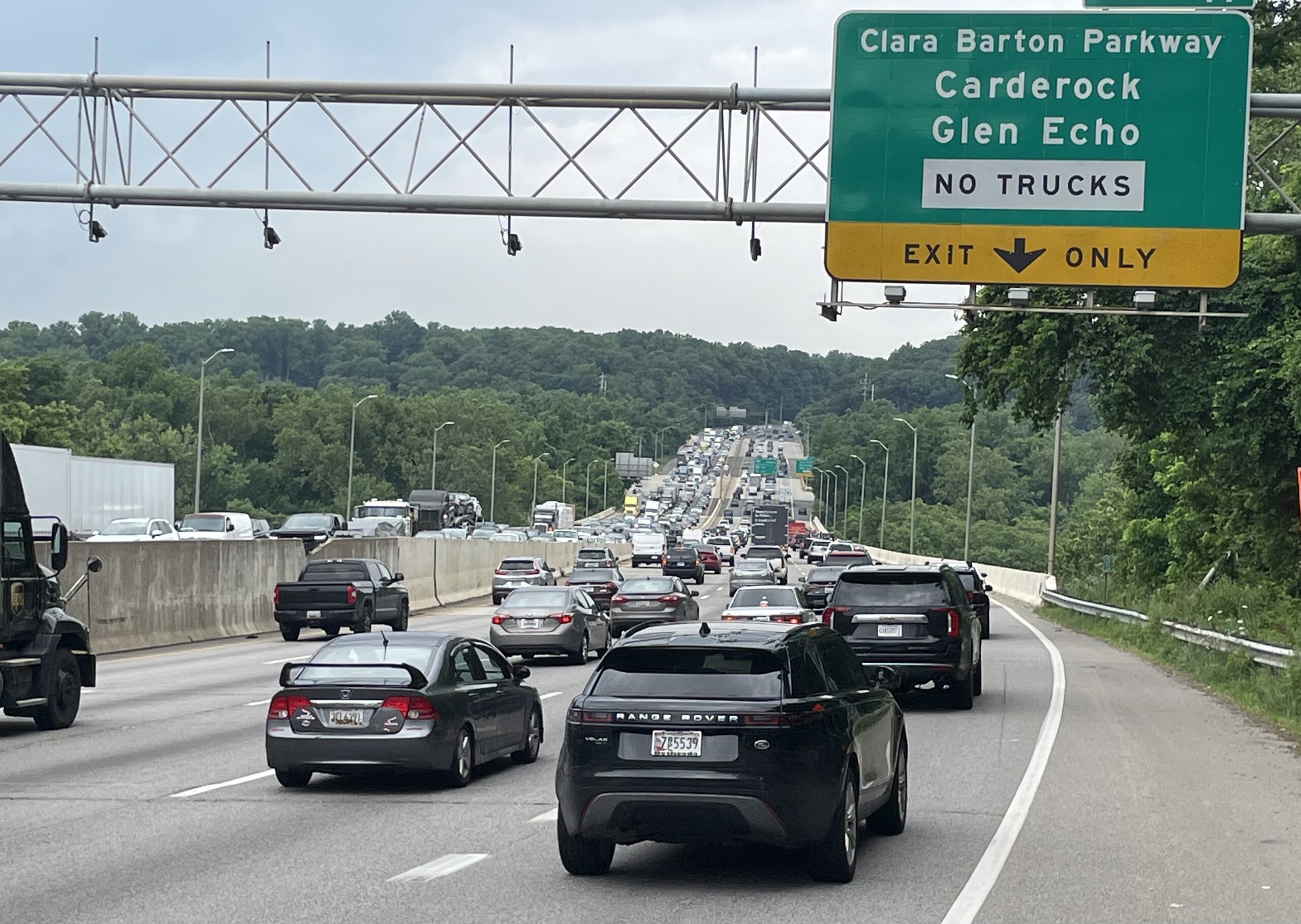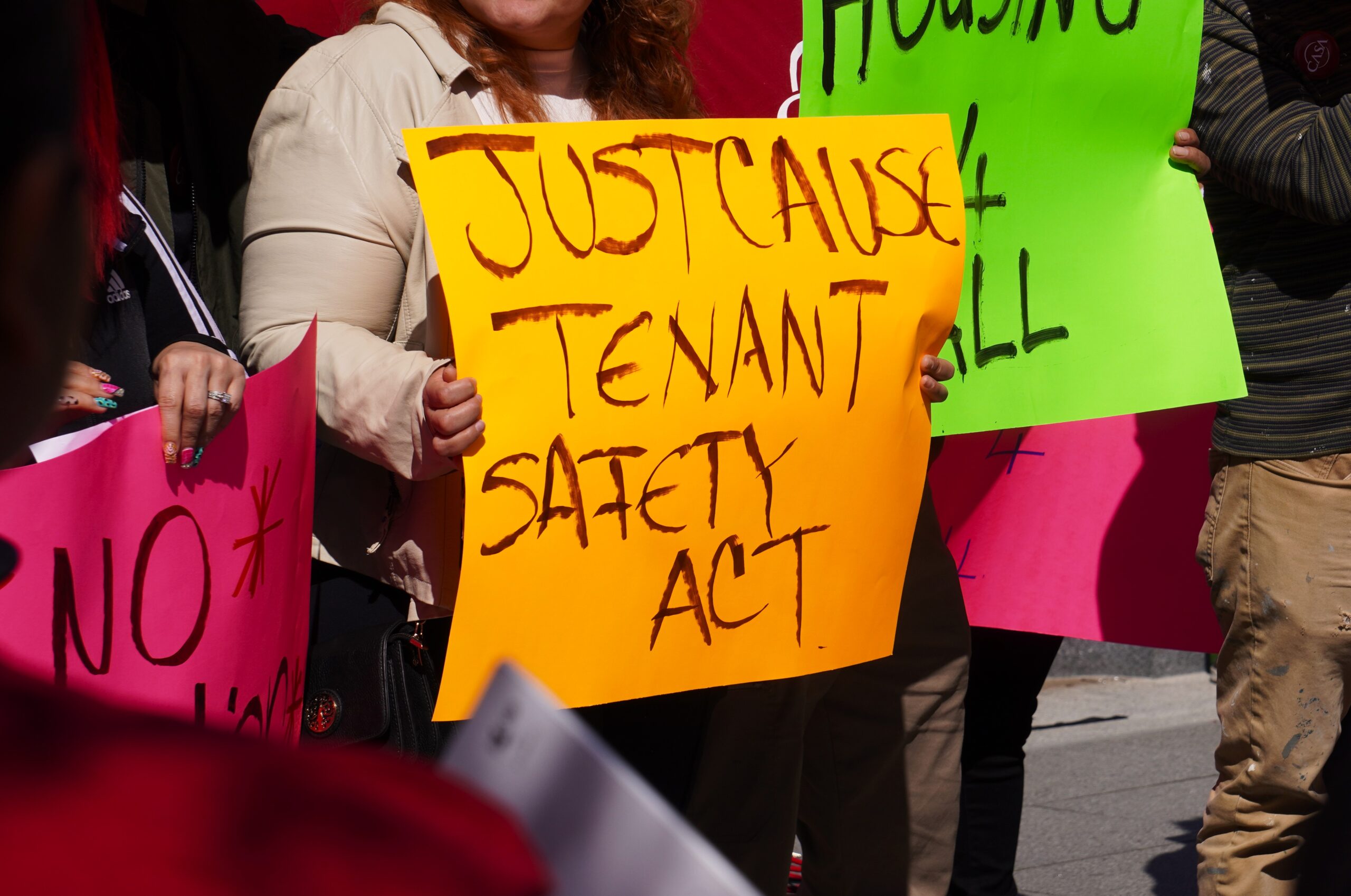
As the Maryland government moves closer to adopting a battle plan for meeting the state’s comprehensive climate goals, a group of environmentalists, community organizations and other advocates is releasing a climate proposal of its own in an effort to get the state to move even more aggressively.
The recommendations were put together by an informal organization called Climate Partners, which formed a few years ago to lobby the General Assembly as lawmakers were debating the expansive Climate Solutions Now Act — the basis of targets that state officials are now scrambling to meet. Those include cutting the state’s greenhouse gas emissions by 60% in 2031 and building a zero-emissions economy by 2045.
The 91-page advocates’ plan builds on a Maryland Department of the Environment “climate pathway” document, which is serving as interim guidance for meeting the emissions reduction targets that state officials will turn into a final proposal in December. The Climate Partners recommendations, which more than 100 organizations had a hand in — including housing advocates, labor unions and others whose scope of activities go beyond those of the environmental movement — praises MDE for its draft proposal and, in some cases, nudges the state to be more aggressive.
“The Pathway Report does an excellent job demonstrating the tremendous health benefits of reaching the state’s emission reduction goals,” the Partners plan says.
Josh Tulkin, executive director of the Maryland Sierra Club, said the advocates’ plan “is not meant to be antagonistic” toward state officials. In addition to encouraging the state to think more boldly, the plan is also meant to mobilize a range of organizations to lobby state officials to move aggressively in the years ahead, he said.
Climate Partners relied on a steering committee of 15 members to do the heavy lifting on the new plan, but every organization involved had a measure of say.
“There’s so much power in the unity that Climate Partners has,” said Jose Coronado Flores, an organizer with the immigrants’ rights group CASA, who was part of the process. “That power is magnified by the individual advocacy our member organizations do.”
Like the MDE pathway report, which is expected to spark legislative action next year and beyond when it is finalized, the Climate Partners document is broken into several sectors where climate action is necessary, either on the legislative front or through state regulations: transportation, energy and electricity, buildings, natural resources and waste. But environmental justice and equity are at the heart of all of the proposals.
The final state report should “articulate and apply a comprehensive equity lens in its model to maximize health, economic, and social outcomes for our most vulnerable families facing environmental injustice, like toxic air pollution, exclusion from decision making, and chronic disinvestment in the communities where young children and families live, work, play, learn, and pray,” the new document says. “To address historic injustices, we recommend: a broader definition of environmental justice that encompasses multiple factors such as income, race, legacy pollution, redlining, and racially exclusive zoning policies, among others.”
Tulkin said the advocates decided to put together the plan in part because they wanted to get a full accounting of the requirements contained in the Climate Solutions Now legislation — and which state agencies would be responsible for making sure they happened.
“It started to dawn on everybody the enormity of what the state committed to,” he said. “There is a lot in [Climate Solutions Now ] that is vague on timeline and goals, and Maryland has a very varied track record on pushing these goals into practice.”
The advocates found more than 50 provisions of the 2022 climate law that they put into a spreadsheet as they began to develop their document.
“It was interesting how it could take our conversations askew without a defined definition” of what the climate law produced, said Staci Hartwell, environmental and climate justice committee chair of the Maryland State Conference of the NAACP.
The Climate Partners’ document is occasionally weighted down by bureaucratic terms and jargon, like “distributed energy resources,” “time of use rates,” and “sinks and fluxes.” But it is also buttressed by several written testimonials from a cross-section of everyday Marylanders about their life experiences wrestling with the challenges of a warming planet.
The most expansive section in the new climate plan deals with transportation — and a good chunk of it is designed to push back against the state’s proposal to widen sections of the Capital Beltway and Interstate 270, projects that are still in flux after the contractor the Hogan administration selected to oversee the work pulled out of the deal. The Climate Partners’ report casts the road widening as unnecessary and sure to produce more air pollution, and also opposes the construction of a third bridge over the Chesapeake Bay.
The climate plan suggests the state use 50% of the federal funding it receives for transportation to expand mass transit, bike paths and pedestrian projects. Currently, according to Climate Partners, about 9% of federal funding is used for these purposes.
“Billions of dollars are wasted each year on ineffective freeway expansion justified by outdated and erroneous transportation modeling methods. These methods do not recognize the effects of induced demand, resulting in expensive projects that routinely fail to reduce congestion,” the report says.
The plan also leans in to the idea that the state needs to do more to reduce its vehicle miles traveled (VMT) rate, and suggests the state should push to “increase its proposed target to reduce VMT per capita from 10% to 20% below 2019 levels.”
And the plan also recommends robust tax breaks and incentives to enable lower-income Marylanders to buy new and used electric vehicles.
In other sectors, the report recommendations include:
- Doing away with the state’s STRIDE program, which provides funding mechanisms for utilities to maintain and expand natural gas infrastructure;
- Expanding solar and battery storage targets;
- Implementing a more aggressive strategy to electrify commercial buildings and homes;
- Pursuing “green construction” legislation or regulations;
- Encouraging more farmers to install renewable energy on their land;
- Mandating certain food additives for cattle feed that will reduce their methane emissions;
- Demanding stricter waste management practices
Tulkin said the advocates have a sense of urgency about the climate crisis and believe most state policymakers do as well.
“We’re going to make it really easy for them to give us what we want,” he said.
Editor’s Note: This story was updated to include a link to the Climate Partners’ plan after it was released publicly.




 Creative Commons Attribution
Creative Commons Attribution